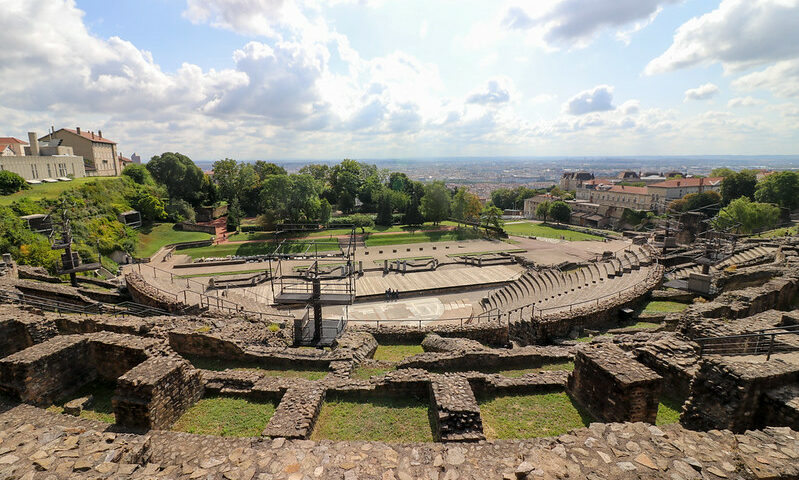The Golden Head Park, or Parc de la Tête d’Or, nestled in the heart of Lyon, France, is a verdant oasis of tranquility and natural beauty. Spanning over 117 hectares, it stands as one of the largest urban parks in Europe, offering visitors a serene escape from the hustle and bustle of city life. Established in the 19th century, the park’s lush landscape features expansive lawns, shimmering lakes, and majestic tree-lined avenues, creating a picturesque setting for leisurely strolls and outdoor activities. Home to a diverse array of flora and fauna, including exotic plants, vibrant flowerbeds, and a zoo, it captivates nature enthusiasts and families alike. With its meandering pathways, enchanting rose garden, and tranquil boating lake, the Golden Head Park invites visitors to unwind, explore, and reconnect with the wonders of the natural world.

